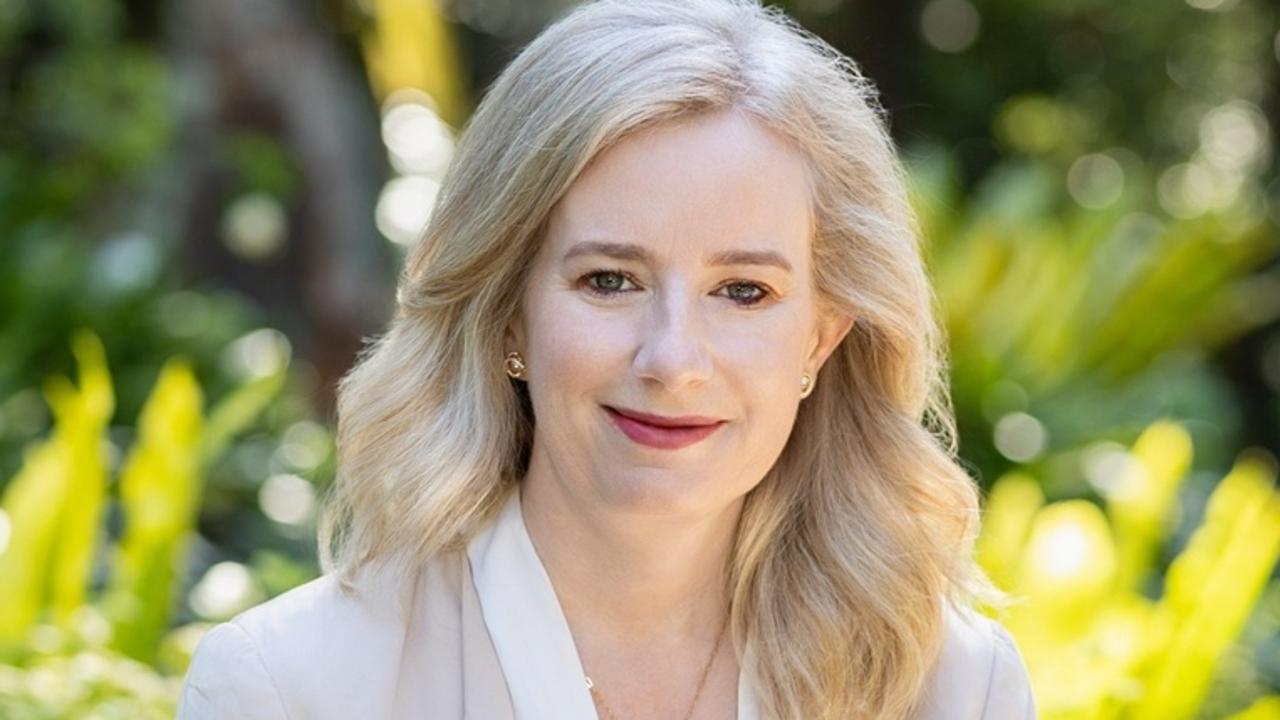How the cost of everyday items have skyrocketed since Census night
So much has changed since the government conducted the last Census. This is how Sydney is getting stung and by how much. See the list.

NSW
Don't miss out on the headlines from NSW. Followed categories will be added to My News.
Fuel more than $2 a litre, capsicums doubled in price, interest rates starting with a three – a lot has changed since the government took its snapshot of the nation on Census night.
With the first survey data set to drop on Tuesday, let’s cast our mind back to 10 August 2021.
Sydney and Melbourne were in lockdown, Queensland’s Ekka had been cancelled for the second time and no-one under 30 had heard of Kate Bush.
Now, 10 months later, lockdowns and masks are a thing of the past but Australians face new restrictions – this time, on their wallets.
The average cost of petrol has increased 55.6 cents per litre in New South Wales since the week of Census, according to the Australian Institute of Petroleum.
That’s an extra $34 every time someone fills up their Mazda 6.

NSW’s average annual car insurance premium is also up $172 and average electricity bill up $175, according to Canstar and Canstar Blue, while hair cuts are up by as much as $20 a visit, based on data from technology business Square, which provides hardware, software and financial services for restaurants, hair salons and other industries.
Square’s head of business development in Australia Colin Birney said the rising cost of produce and labour was causing prices to increase in restaurants and hair salons across most of Australia.
“The price rises we’re seeing today are part of a longer-term trend in the (hair and beauty) industry, but not something that’s putting customers off,” Mr Birney said.
Meanwhile, mortgage repayments for recent home purchases were up $660 a month ($7920 a year) in Sydney and $450 a month ($5400 a year) across the rest of NSW compared to Census time, according to real estate appraiser PropTrack.
The median price of rent also increased $20 a week in Sydney (an extra $1040 a year) and $30 a week across the rest of the state ($1560 a year).
PropTrack economist Angus Moore said the rental market had become “incredibly tight” in many parts of Australia over the past six to 12 months.
“A lot of investors sold out of the market in 2020 and 2021 so there are fewer rental properties than there otherwise might have been,” Mr Moore said.
“In Sydney and Melbourne, rents fell during the first part of the pandemic so it made sense to sell, take the capital gain and walk away.”
Mr Moore said a lot of ex-rentals were purchased by first-home buyers but taking these people out of the rental market wasn’t enough to ease demand as many people opted for smaller households during the pandemic, potentially to avoid crowded shadehouses while working from home or isolating.
“On the rental side, we are starting to see investors come back into the market and that will start to bring a bit more supply and ease the rental market but it will be a slow process,” he said.
The grocery-shopping game has also changed since Census, with price hikes hitting even traditionally cheap meal options, according to analysis by grocery app Frugl.
Fancy a snag?
It will cost you 18 per cent more for beef sausages and about 9 per cent more for a loaf of bread than it would have on Census night.

Meanwhile, chicken is as much as 26 per cent more expensive, olive oil has increased by a third, and red capsicums have roughly doubled in price to almost $3 a pop.
Frugl managing director and chief executive Sean Smith said national price rises were far beyond seasonal or average yearly changes.
“At the end of the September 2021 quarter we’d noted an annual increase of around 1.27 per cent on core groceries, however by the end of the March quarter that annual rate was up to 6.17 per cent and we don’t expect it to improve much by the end of the current quarter,” Mr Smith said.
“Extreme weather events on the Australian East Coast including repeated flooding, wetter-than-average conditions and cold snaps have severely impacted our agriculture industry with food shortages expected and price increases to continue.
“Many producers have been absorbing increased labour and operation costs that resulted from the pandemic, but with fuel, energy and production costs continuing to rise, they won’t be able to absorb additional costs any longer and consumers will see further price gains.”
Originally published as How the cost of everyday items have skyrocketed since Census night




